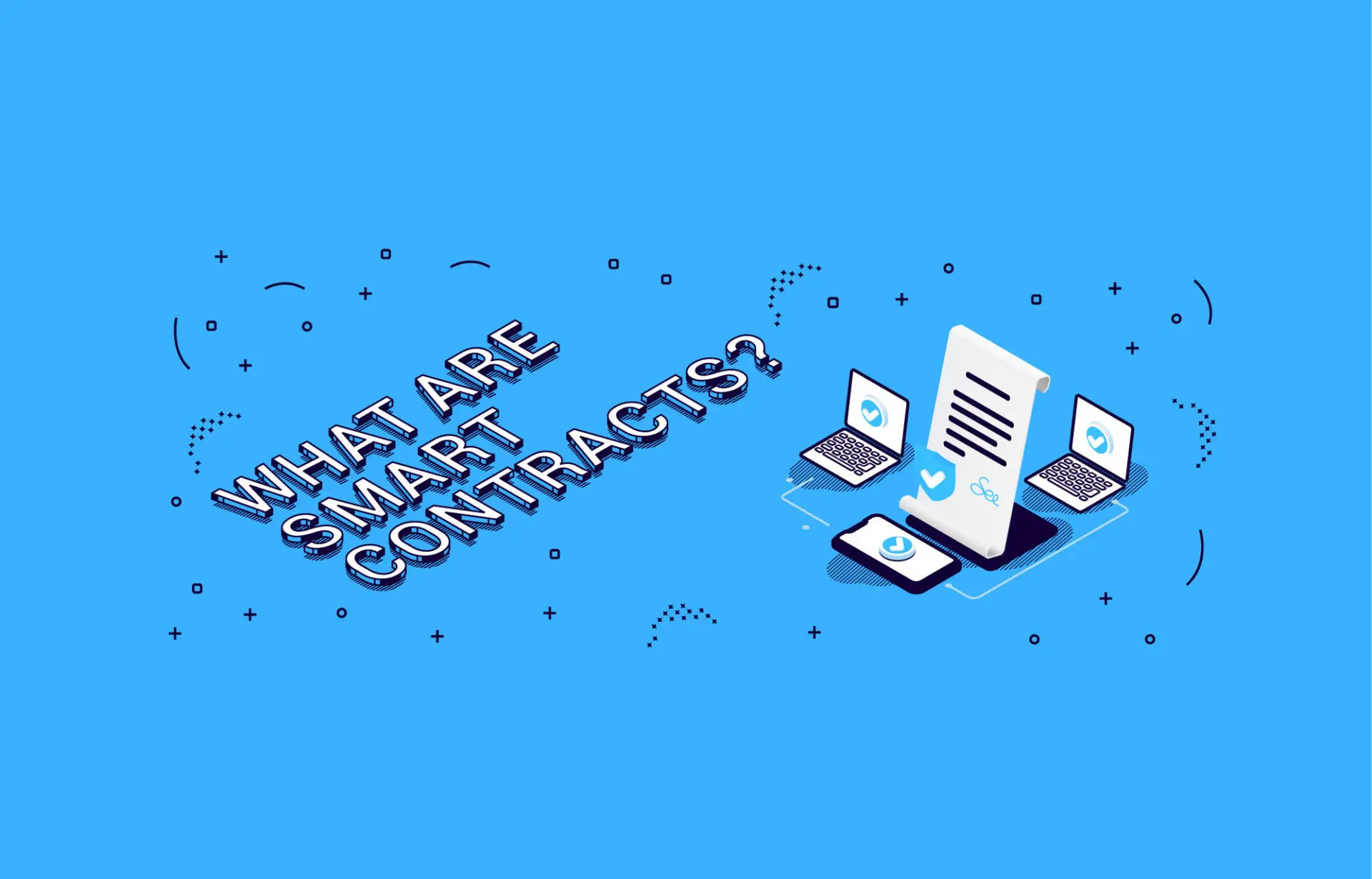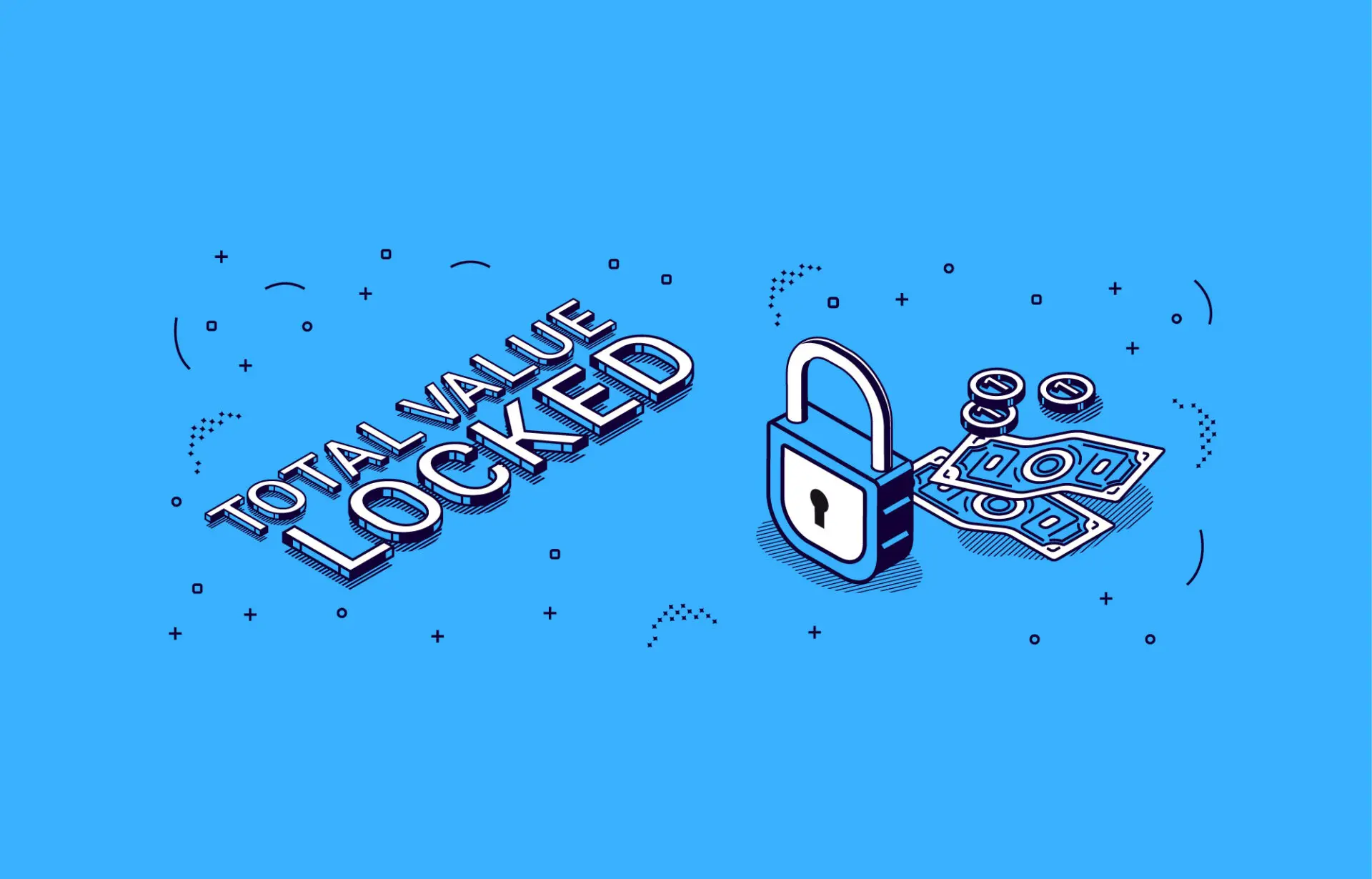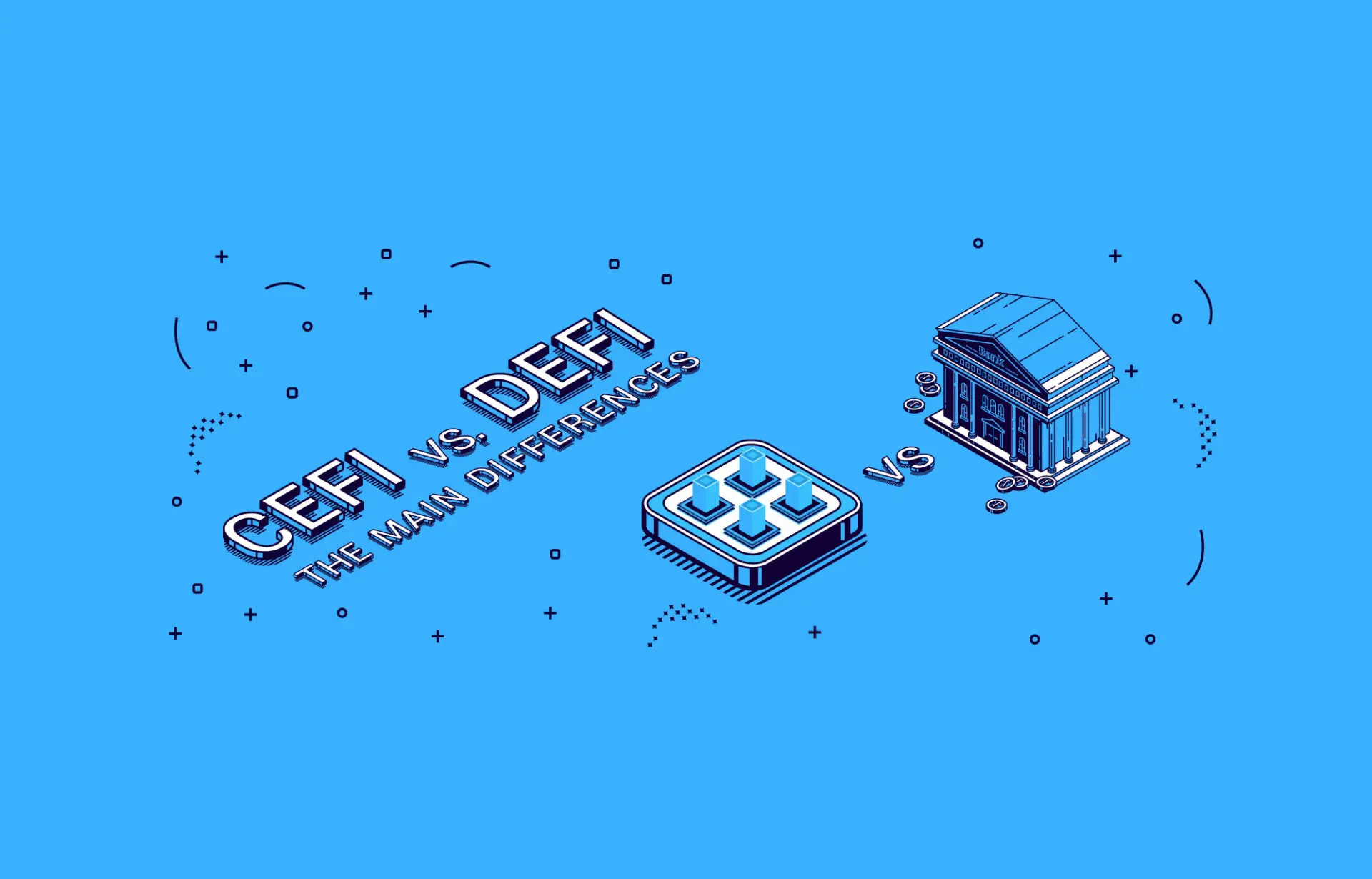Many believe that decentralized applications (dApps) are the future of the crypto and blockchain space. Thanks to their ability to operate autonomously, these apps provide impressive levels of efficiency and reliability. And although they still have some progress to make before they can become mainstream, dApps are definitely here to stay.
Below, we’ll explain what a dApp is and what makes these platforms so valuable to many in the crypto market.
What Is A dApp?
A decentralized application (dApp) is a digital platform that operates and runs on a blockchain - or some other peer-to-peer network of computers. These applications run outside the control of a single authority, and their operations run primarily automatically.
Although most dApps are built on the Ethereum blockchain, several other blockchains have also emerged as formidable competitors and are now homes to their own dApp ecosystems. And today, some dApps serve multiple functionalities - from finance and investment to gaming, social media, and more.
dApps gained prominence thanks in no small part of the growth of decentralized finance (DeFi). Many of these protocols operate without any central authority, connecting parties in a transaction for the purpose of exchanging data and resources.
How A dApp Works
To get a clear understanding of how Apps work, consider traditional apps like Twitter or Lyft. These apps run on computer systems that are owned and operated by single organizations - in these cases, Twitter inc. and Lyft Inc. With these apps, upgrades and decisions on product direction are determined by the founding companies - they control the apps and their workings, so they decide how the product works.
While there could be multiple users on one side, the organization controls the app and its backend.
dApps operate much differently. They work on blockchain networks, and they are built in a way that doesn’t require control by a single entity or organization. For instance, a developer could build a Facebook-like social media dApp and put it on a blockchain for users to engage and share content. Once the app has been put on the blockchain, it can’t be deleted. The app also operates independently of the developer’s control.
dApps are open-source, meaning that any changes made to them will need to be decided by a consensus of users. This consensus is usually reached via decentralized autonomous organizations (DAOs) - organizations that are controlled by platform users, who vote on changes and proposals.
Much like other apps, dApps require front-end codes to create things like webpages and feature sets. However, the back-end codes that they use are much different because they depend on decentralized, peer-to-peer networks to operate. These back-end codes are why dApps aren’t controlled by a single entity.
Another peculiarity of dApps is that they are supported by smart contracts. These smart contracts are responsible for enforcing the rules that govern the dApps themselves - if a condition is met, then an action is taken. The smart contracts themselves are stored on blockchains, so they are immutable and permanent.
So, we’ve gone through several of the building blocks that form dApps. These include:
- Smart contracts
- Blockchain technology
- Decentralization
- Codes
- Autonomy
Why Are dApps Important?
dApps are primarily important because of their chief concept - decentralization. With the advent of blockchain technology and cryptocurrencies, decentralization has been shown to come with several benefits over centralized networks.
For one, decentralized networks don’t require third parties due to smart contracts. Unlike traditional payment processors, dApps make it easy to move money and assets between users without having to pay a fee. And when you consider that decentralized transactions get processed almost instantly, the benefits are even more prominent.
Another benefit of dApps is that they are almost invulnerable. These apps run on blockchain networks instead of centralized servers - the latter of which require a central repository of data that can be broken into. On the other hand, blockchains are designed to be secure and hack-resistant.
Anyone looking to control a blockchain will need to control 51% of nodes on the network. Today, most of the top blockchains - such as Bitcoin and Ethereum - are so large that it will be nearly impossible for anyone to control 51% of their nodes. So, dApps built on them are quite secure.
Of course, it is worth noting that several smaller blockchains aren’t quite as secure since they have fewer nodes. However, as a blockchain grows, so does its decentralization - and, by extension, its security.
And thanks to blockchain operation, dApps have barely any downtime. They are always available as long as the underlying blockchain is available.
How Did dApps Change The Industry?
dApps have been a massive boon to the blockchain space. In the early days of crypto, apps in the market were still very much centralized - and, to be fair, many of the apps today remain so. However, dApps bring a new sense of operation; one that doesn't require control by a centralized authority.
When the entire web landscape began, there was a lot of information everywhere. Large companies stepped into the space over time, and they harnessed this data using centralized platforms. They could afford to offer their services for free, and a lot of people enjoyed that at the start. However, this “free” service usually came at a cost - users had to surrender their data, which the companies then sold for tidy profits.
Pretty much every platform you use today takes your data. From social media to search engines to e-commerce platforms and much more, they all require access to your data and insights on how you spend your time. They know what you’re searching, what you like, how you spend money, and much more. This puts them in control of a great deal of power and the most important resource of this age; data.
Enter: Web3 and dApps.
With dApps, people can continue to access the internet while keeping hold of their data and privacy. Users can now choose to share specific information alone - as opposed to having no say in what gets shared or who sees something about them.
In a world where platforms with so-called “high security levels” are suffering from leaks almost daily, trusting someone entirely is almost impossible. dApps allow you to surf the web for free, without having to worry that your data could be in the wrong hands or that someone somewhere could be spying on you.
Web3 is expected to be the future of the internet. Over the past few years, there has been a greater focus on user privacy and information security. While companies have been doing their best to measure up, the fact that they remain centralized is a huge disadvantage. Web3, powered by dApps and their decentralized module, is the solution to this.
Today, dApps can be used across pretty much any industry - from finances to gaming to governance and even medicine. This means that while centralized platforms still control a significant portion of the market, dApps are also gaining greater prominence over time.





